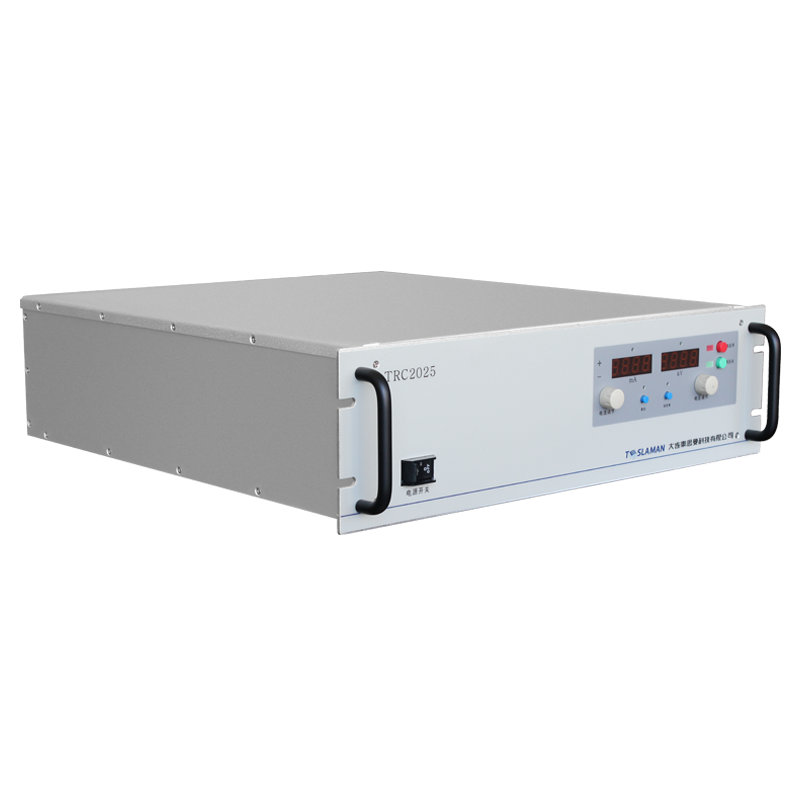Rapid Localization of High-Voltage Power Supply Failures in Lithography Machines
As a core equipment in semiconductor manufacturing, the stability of the high-voltage power supply system (typically outputting tens of thousands to millions of volts) in lithography machines directly affects wafer exposure accuracy. This power supply operates under high-load, high-electric-field conditions, with complex failure causes. Rapid fault localization requires a systematic approach integrating layered diagnostic strategies, multidimensional signal analysis, and intelligent algorithms.
I. Common Failure Types in High-Voltage Power Supplies
1. Electrical Characteristic Failures
• Output Abnormalities: Sudden voltage drops or failure to boost, often caused by power device (e.g., IGBT/MOSFET) breakdown, feedback circuit failure, or switching power faults.
• Protective Tripping: Accounts for >40% of failures, triggered by short circuits or insulation aging leading to leakage current surges.
• Current Feedback Loss: Operational amplifier circuit damage or monitoring line disconnection, causing beam loss of control.
2. Mechanical and Thermal Management Failures
Transformer or high-voltage stack thermal stress cracks due to poor heat dissipation, manifesting as arcing or abnormal noises; cooling system blockages (e.g., pure water pipe scaling) induce overheating protection and accelerate device aging.
3. System-Level Failures
Control board logic errors caused by electromagnetic interference (EMI) or component aging, e.g., low-level control signal failure.
II. Rapid Localization Methodology
1. Layered Diagnostic Process
• Primary Tier: Power-off inspection of fuses, power connections, and base voltage to eliminate basic circuit issues.
• Secondary Tier: Oscillator testing under no-load conditions, using oscilloscopes to measure high-frequency signals (e.g., 30kHz blocking oscillator), locating root causes like filter capacitor leakage.
• Tertiary Tier: Disassembly inspection of target wear, seal ring aging, and coolant status, combined with infrared thermal imaging to identify localized overheating.
2. Multidimensional Signal Monitoring
• Electrical Signals: Real-time voltage ripple and current harmonic collection, analyzed via Fourier transform for frequency-domain features. For example, proportional voltage decay indicates feedback loop failure.
• Mechanical Signals: Vibration sensors capture abnormal spectra, with wavelet transforms identifying resonance from bearing wear or structural loosening.
• Thermal Signals: Non-contact infrared probes monitor temperature gradients; ±5% differentials trigger alerts.
3. Intelligent Diagnostic Technologies
• Deep Learning Models: CNN/RNN networks identify fault features. E.g., pre-charge voltage curves failing to reach 90% threshold (V3 < 0.9V1) indicate contactor adhesion or pre-charge resistor burnout.
• Multi-Sensor Fusion: Integrated voltage, vibration, and temperature data processed via decision-level fusion algorithms (e.g., Kalman filtering), improving localization accuracy by 40%.
III. Systematic Handling Workflow
1. Emergency Response: Immediately cut power upon overvoltage/overcurrent triggers to prevent failure propagation.
2. Closed-Loop Verification:
• Post-component replacement, simulate operation under low voltage, comparing virtual and actual output curves via digital twin models.
• Calibrate voltage dividers and monitoring instruments to ensure ±1% feedback precision.
3. Predictive Maintenance:
• Develop fault tree models (FTA) for regular insulation testing (e.g., ceramic sleeves) to prevent dust-induced creepage.
• Use LSTM networks to predict component lifespan, e.g., replacing electrolytic capacitors when capacitance drops to 80% of nominal value.
IV. Challenges and Future Trends
Current difficulties include electromagnetic shielding in high-power-density designs (e.g., liquid cooling + soft magnetic materials) and the complexity of silicon carbide device protection. Future efforts will focus on embedded diagnostic chips for failure prediction (e.g., thermal imaging pre-judging transformer failure) and enhancing fault-tolerant control to ensure single-point failures do not interrupt processes.
Conclusion
Rapid localization of high-voltage power supply failures in lithography machines requires a closed-loop monitoring-analysis-decision system integrating hardware detection and intelligent algorithms. Layered diagnostics reduce localization time, while predictive maintenance lowers failure rates, ultimately ensuring semiconductor manufacturing continuity and yield.




















